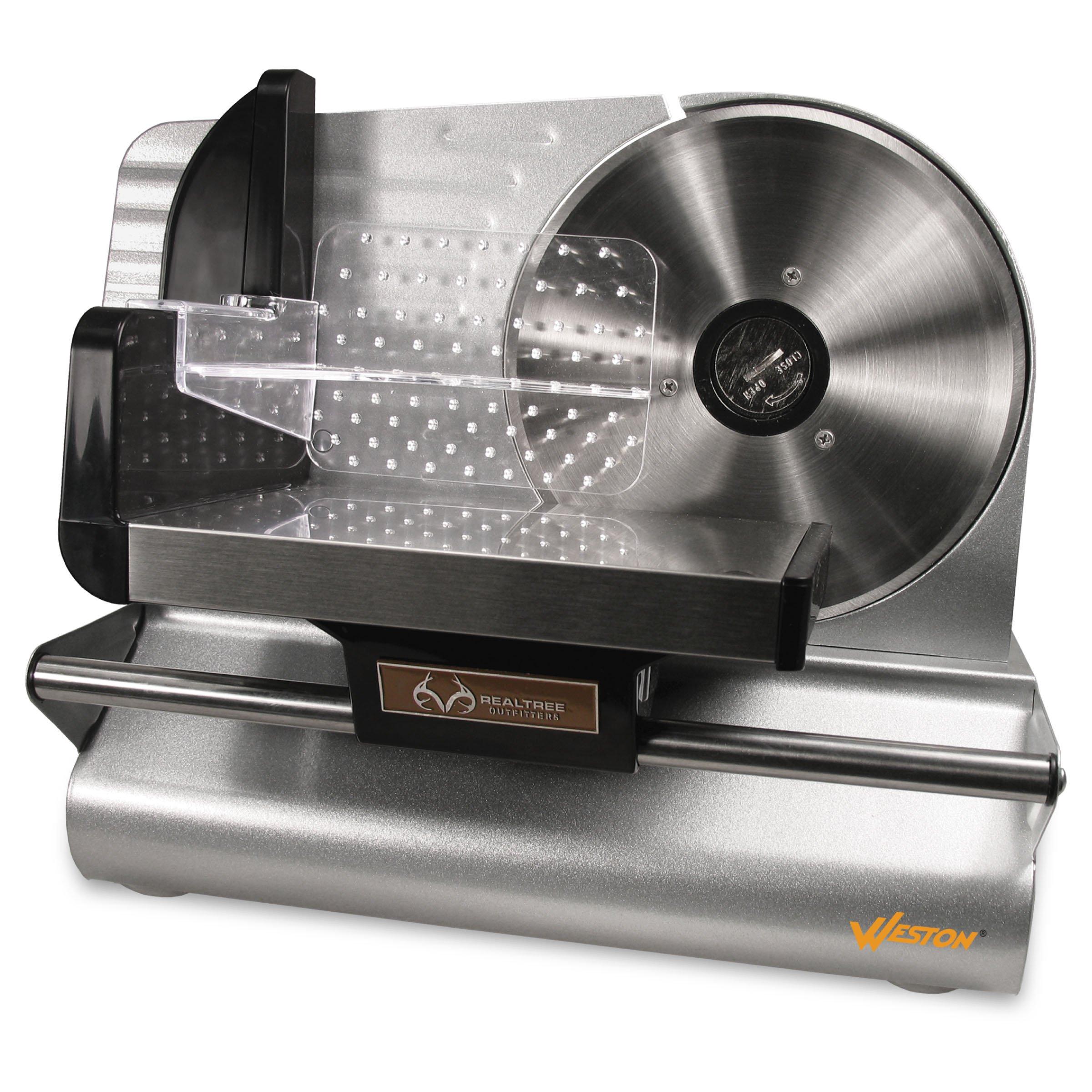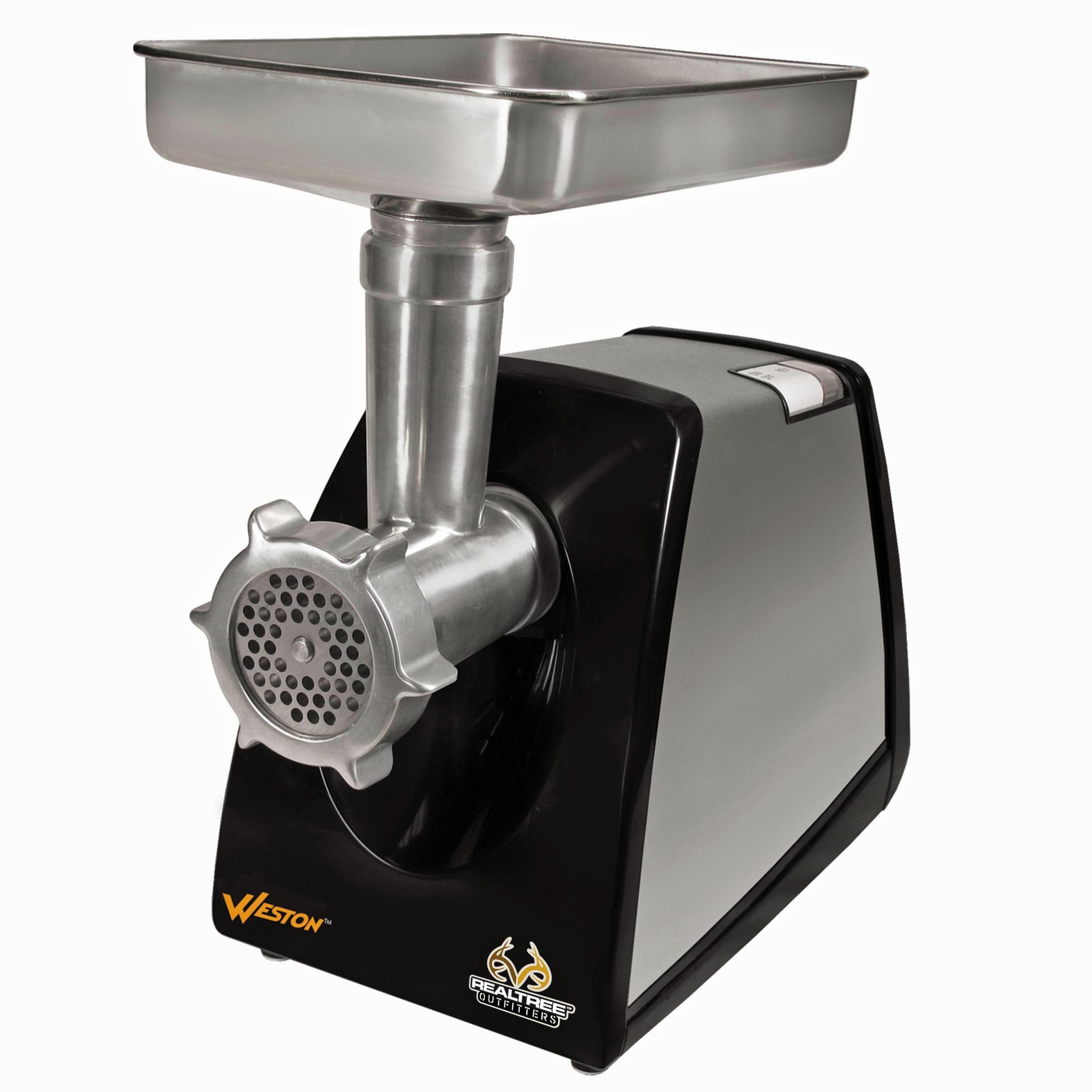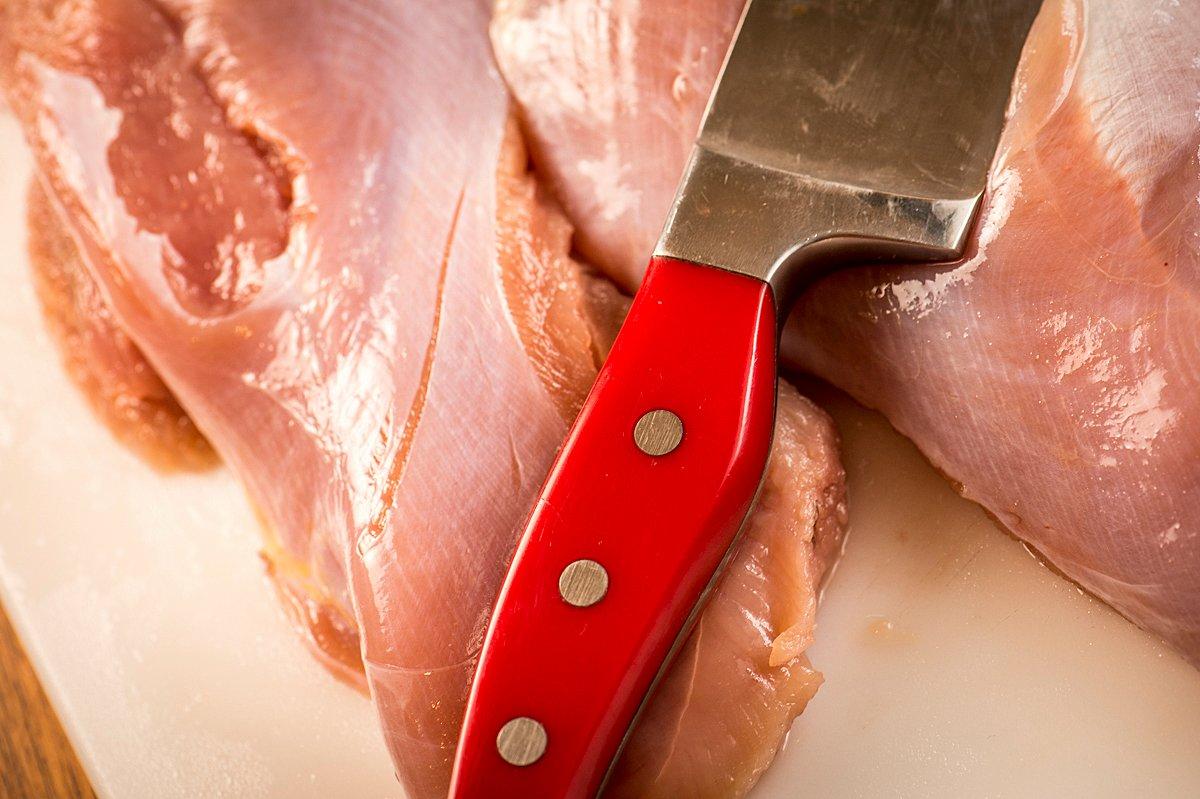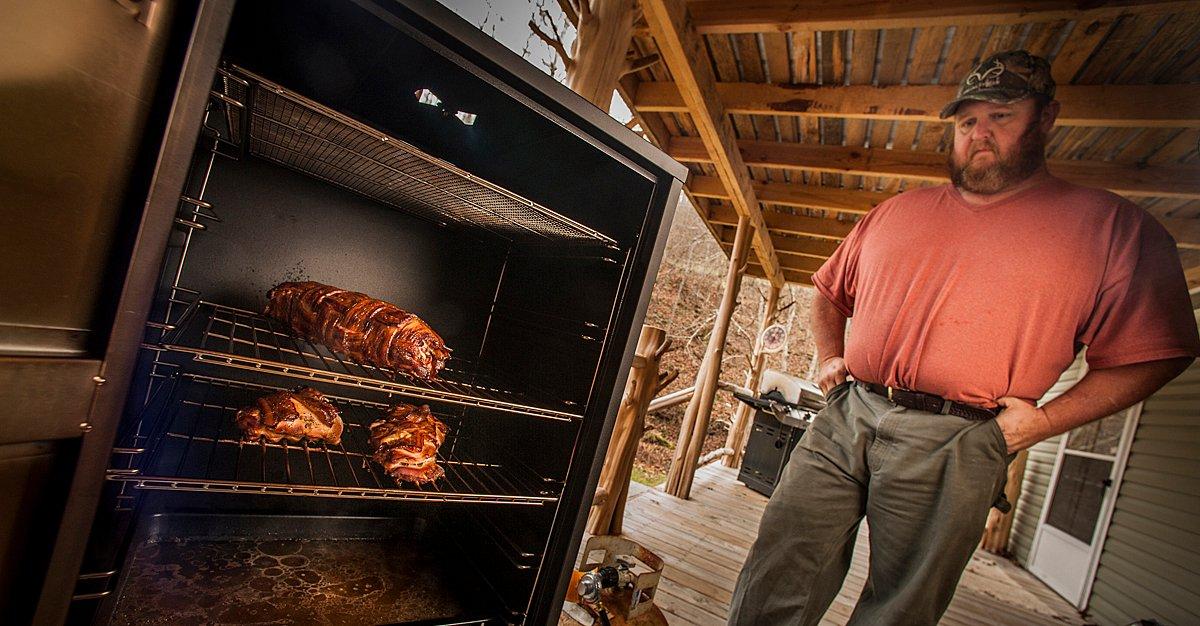Looking to enrich the hunting experience and save money? Process your game meat yourself. Here's how.
The hunting experience doesn't come full circle until you enjoy your bounty on the dinner table. You can depend on professional butchers to process your meat, or you can save a bunch of money and do it yourself. An initial investment in equipment will allow you to set up a complete wild-game processing outfit.
The first step in game processing is taking care of your kill in the field. Then you must keep it clean and cool before hanging it, skinning it and quartering it. Then the butchering -- turning those quarters into finished food for the table -- begins. But to butcher correctly, you'll need some tools. There are many processing equipment manufacturers, and most of them make solid stuff. Weston is one of the most reputable, and they also manufacture the Realtree Outfitters line of game-processing products. So we're using them as our baseline example in this story. Here is a look at the tools you need to produce a home butcher shop and fine table fare.
(Read: 12 Reasons Why Your Venison Tastes Like Hell)
Information
Before you go hacking away at any animal, you need an understanding of basic cuts of meat. There are a number of books and DVDs on the market, but one of the most comprehensive collections is the Advanced Wild Game Processing Library from Outdoor Edge. This five DVD set contains all the instruction you need to take an animal apart like a pro and prepare specific cuts properly.
Processing Blades
You'll need some specialized blades for proper butchering, including:
- Skinning knife. This has a large, round blade with a sharp edge and dull point that allows for long strokes beneath the hide while minimizing accidental pokes through the hide
- Boning knife. This has a narrow blade and sharp point for slicing meat off the bone
- Meat saw. This has a long, fine-tooth blade to cut through meat and bone.
 Electric Meat Slicer
Electric Meat Slicer
When you go to the deli and ask for a pound of roast beef, the person behind the counter takes a big hunk of meat and slices it on an electric slicer. You need one of these machines in your home butcher shop. You can set the blade to cut at different thicknesses, so you can slice everything from inch-thick loin steaks to lunch meat. If you want to impress your buddies, smoke a couple of wild turkey breasts and then slice them into cold cuts. While everyone else is downing some store-bought lunchmeat, you can brag about the gobbler between your slices of bread.
Manual Meat Tenderizer and Jerky Slicer
Some wild game can be tough, so tenderizing it makes perfect sense. Some tenderizers double as jerky slicers. You simply take big, flat pieces of meat, slice and run them through the jerky slicer to produce perfectly sized pieces ready to be seasoned and cured. It doesn't take buying too many bags of Jack Link's to understand the economic benefit of making jerky at home.
Dehydrator
There are a number of ways to make jerky. Some folks hang it in the oven and bake it for a long time at low heat. Others prefer to smoke it. A dehydrator is probably the best option. Jerky is just dried meat. Dehydrators dry meat. Makes a lot of sense, doesn't it? The process is simple. First cut your meat into thin strips, season it, then place the jerky strips on the dehydrator tray and set the temperature and timer. You'll have to figure out temperature and time based on how much jerky you're making.
Hell, even vegans like summer sausage. With the right tools, making your own is simple.
Grinder
After slicing the choice backstraps and steaks off your game animal, you're left with a lot of miscellaneous pieces of meat that's perfect for burger. Thoroughly go over the carcass, cutting off all the useable meat, and drop it in a meat lug. Use a grinder to turn all these pieces into ground meat. The ground meat can be used for burger, sausage, salami and more. Grinders come with different plates to regulate the thickness of the ground meat. Many also come with tubes for injecting ground meat into casings for sausage. Grinders also allow you mix beef or pork fat into your wild game, which adds flavor and moisture to game meat that is naturally very lean. Fat helps keep your burgers together.
 Mixer
Mixer
You should mix in seasoning when making sausage or snack sticks, but kneading in seasoning by hand is a laborious task. With a mixer you can tackle the chore of seasoning 20 pounds of meat at once by simply dumping everything in and turning the handle.
Scale
It's handy to know just how much burger is frozen in that package. And summer sausage and other specialty meat recipes call for exact proportions to get the correct seasoning ratio for proper flavor. A quality digital scale leaves no questions.
Sausage Stuffer
Hell, even vegans like summer sausage. With the right tools, making your own is simple. Once your ground meat has been mixed with seasoning, use a sausage stuffer to fill casings. Dump the mixed ground meat in the stuffer canister and attach the right sized tube for the type of sausage you're making, such as snack sticks, large rolls, etc. Slowly turn the handle to lower the press, pushing the meat into the casing. You can create your own seasoning blends, but various sausage kits (link to hi-mountain) have everything you need to make perfect sausage, including the seasoning, cure, casings and instruction.
Burger Press
Perfect burgers are formed with a burger press. You can even brand your burgers with the Realtree Antler logo if you desire. More importantly, though, you can adjust the thickness of the press to build and replicate your idea of the perfect burger. Once your burger meat is ground and seasoned, dump it in a bowl and scoop out a handful at a time. Plop it on the press and form it. Use wax paper to separate the burgers as you stack them.
If you consider yourself a sportsman and don't already own a smoker, bow your head in shame. Then go buy one.
Smoker
If you consider yourself a sportsman and don't already own a smoker, bow your head in shame. Then go buy one. Smoked wild game roasts, loin, lunch meat and especially sausage is what will get you through the year until you can hunt again. There are manya smokers on the market, but I recommend buying an electric one. Bradley electric smokers automatically drop in wood discs as needed and has a digital timer, so you don't even have to monitor it. Electric smokers are wonderful machines.
Vacuum Sealer
Vacuum sealers are right up there with shotguns in terms of importance. These nifty machines package your game air-free, which significantly reduces the chance of freezer burn. You can store vacuum-sealed meat in a freezer for years. But you need to buy a quality, heavy-duty unit, as sealing multiple bags in a row will destroy cheaper units in short order.
Accessories
You'll need to stay supplied on some basic accessories for packaging. For ground meat, the best option is using weight specific freezer bags. For example, you can use 1- or 2-pound bags depending on how much meat you'll plan to use at a time. Freezer paper and freezer tape are also options for storing your meat. Meat lugs are big plastic tubs that look like the ones you put your shoes in at the airport. You want to use these or holding meat at different stages of the butchering process to keep your game meat, and your home, clean.
Conclusion
Purchasing everything discussed in this article will cost you between $1,000 and $1,500. That's real money, no doubt. But when you consider how much it costs to have a deer butchered—especially if you are having jerky and sausage made—the equipment will pay for itself in a few years. Sharing game processing equipment with your hunting buddies or a club is another option. If you go three ways with a couple hunting buddies whom you can trust to keep the equipment sanitary and in working order, then your portion of the expense would be about equal to what it would cost to have two deer processed. This equipment will last a lifetime if properly maintained. Butchering your own game is a cost-effective means of filling your freezer with meat, and it adds another element to being a hunter. You killed the animal, and now you own every step of turning it into dinner.
Well done, sir! But I suggest medium rare.








